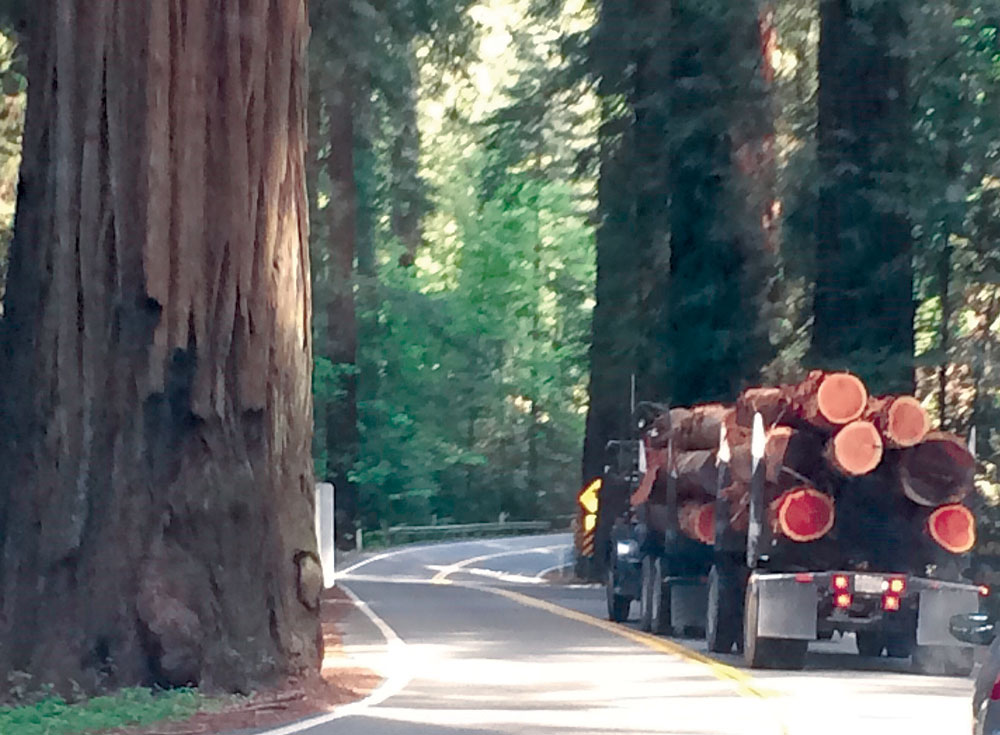The Struggle to Save Richardson Grove Continues

Environmental Protection Information Center
For more than a decade, EPIC and our allies have fought off the misguided and controversial Richardson Grove Project, a proposal to realign a section of Highway 101 that runs through the ancient redwoods of Richardson Grove State Park. While we have held off the bulldozers and cement trucks through successive lawsuits, Caltrans’ dogged determination and persistence threatens the grove once again. Caltrans has released its most recent “analysis” of the project—an arborist report that actually admits that the project will hurt the redwood trees of the grove but not enough to be legally significant—in the most recent attempt to jam the project through. EPIC is hard at work reviewing and critiquing their work, but because of a bad ruling from the Ninth Circuit Court of Appeals, this might be our last chance. Comments on the Richardson Grove Project are due November 19, 2021.

photo by Amber Shelton
Caltrans first proposed the Richardson Grove Project in 2007. The agency’s stated desire for the project is to allow for so-called STAA trucks—named after the Surface Transportation Assistance Act of 1982 that permitted these monstrously large trucks—to pass through Richardson Grove State Park. The sinuous road, which winds around old-growth redwoods, in theory limits these trucks because the over-length trucks have difficulty staying within their lanes. Caltrans’ solution: soften the curves to help these over-length trucks better navigate turns. To do this, Caltrans needs to cut into the root system of old-growth redwood trees and put down new pavement. That’s why EPIC is concerned. Redwoods have shallow roots that channel water and nutrients to the trees and help provide stability. As we know from other roadways through old growth, significant disruption of this root system causes die-off of the trees’ canopy, and reducing the trees’ stability can result in blowover.
Caltrans has never adequately studied the impact of the project to the grove’s ancient redwoods. Four different courts have functionally said the same thing. This open public-comment period is a result of EPIC’s victory before the Humboldt County Superior Court.
In the long gulf of time between when the project was first proposed to today, the underlying need for the project has decreased. Boosters of the Richardson Grove Project highlight the economic need for it, arguing that a lack of STAA access to the North Coast drives up the cost of shipping. Their argument has been largely silenced by the completion of other projects. In 2017, Caltrans completed the Buckhorn Summit Project on Highway 299, providing another route for STAA trucks in Humboldt and Del Norte Counties. Despite this new route, Caltrans continues to plough forward, refusing to consider whether there remains a purported “need” for the project or whether this need could be met by other less impactful alternatives.
What is the opportunity cost of Caltrans’ dogged determination and pursuit of highway widening through Richardson Grove State Park? What was left unaccomplished or unplanned, as Caltrans has wasted 14 years trying to force through this project? Where could we be now, had more resources gone into creating a solution for Last Chance Grade or finding a stable path through Highway 299, for example? What safety improvements were not completed because Caltrans assigned its traffic engineers to rebut objections to the Richardson Grove Project—and what number of lives could have been spared if that effort was made to improve Broadway St. in Eureka instead? Why not listen to the community, withdraw the project, and work with stakeholders on more important projects?
EPIC will continue to press back against the multi-billion-dollar agency in our David vs. Goliath struggle to safeguard Richardson Grove. Thank you for your support of these efforts.
For more information: wildcalifornia.org
